Harvesting at your site is a pleasant undertaking. But plants need careful care and warmth. Soil warming in a natural way inside the greenhouse takes a long time, so to get the optimum temperature, you need to think about heating the greenhouse. Greenhouses are heated by various heat sources. Any method of warming the earth is an effective way to get a good harvest in a short period of time. It’s not so difficult to equip a quality greenhouse heating with your own hands.
Content
Features of the organization of heating in the greenhouse
The material from which the frame of the greenhouse is made plays an important role in creating comfortable conditions for plants. For a greenhouse, consisting of wooden frames, it takes more time to warm the surface of the soil, unlike polycarbonate. In order to avoid significant heat loss, it is recommended to install a frame made of a polymer layer. It is necessary to verify the integrity of the foundation.
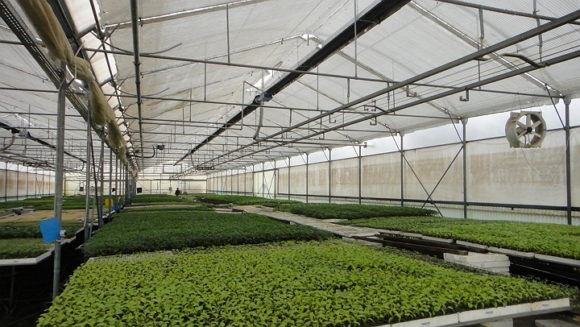
In the spring, improvised materials will help warm the soil in the greenhouse. There is one simple method for generating heat using wax and a tin can. A candle is placed in a can of canned food, sunflower oil is poured around it. A metal bucket is placed in a greenhouse, inside of which there is a tin container. Vegetable oil, pre-heated by a candle flame, will heat the greenhouse for several days. To maintain heat for a longer time, you need to think about autonomous heating.
Types of heating greenhouses
Natural resources and other sources of heat will help to warm the greenhouse.. For the construction of a winter greenhouse, it is also necessary to take care of the proper warming of the frame in order to reduce fuel costs. Polycarbonate can be covered with thermal insulation on top. Depending on the budget, there are several methods for heating greenhouses:
- Sunlight.
- Air heating.
- Gas equipment.
- Furnace equipment.
- Electrical elements.
- Biofuel.
- Water heating of the room.
It is worth considering several factors, among which: the location of the greenhouse on the surface of the earth, the climate zone. The heating method depends on what temperature range is needed indoors. If necessary, the greenhouse is insulated, protecting from severe frost and a gust of wind.
sunlight
Ultraviolet is involved in the process of plant photosynthesis. It is necessary to obtain a full crop. The advantage of sunlight is accessibility and environmental friendliness. To uniformly warm the air inside the room, a greenhouse is installed on the south side of the site, so the plants will not lack sunlight. The only drawback is winter, since the intensity of energy from the sun is reduced.
Air heating
The method of forcing warm air into the room is very common. It is used to increase the temperature in the greenhouse for a short period of time, since the fans are able to drain the air. For uniform heating of the greenhouse, thermal curtains and guns are used. When using air heating, care must be taken to maintain optimal humidity in the greenhouse. To do this, arrange the containers with water around the perimeter.
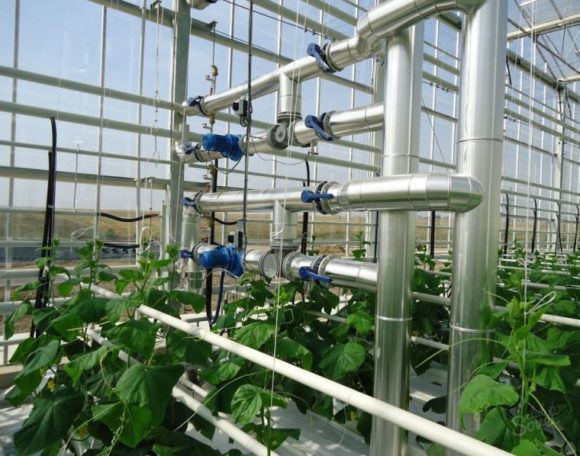
Drying of plants should not be allowed.Care must be taken to monitor air humidity.
Gas equipment
In areas where there is gas heating to warm the greenhouse and grow crops, it is advisable to use nitrogen. It will simplify the solution of the task of installing the system. In other places where there is no gas equipment, propane cylinders can be used. To warm a small area, several gas tanks are used. Propane is explosive, so safety precautions should be followed when handling it.
Furnace equipment
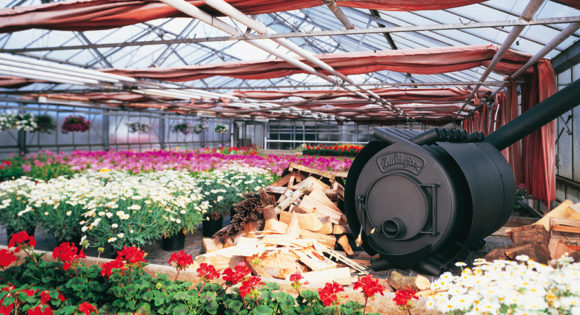
Firewood is an affordable way to heat a greenhouse after gas. A brick or metal stove, a solid fuel boiler can heat both a small and a significant area. Wood is safe for humans, has a high efficiency when burning in a furnace. The boiler is installed in the center of the greenhouse, a chimney pipe is brought upstairs. Pellets and wood briquettes are used as fuel for stoves. Stove equipment is able to accumulate energy indoors for a long time.
Electric elements
The least used to maintain heat in the greenhouse are electric radiators and heating systems. Due to the increase in prices for tariffs on meters, this is an expensive way to warm up a greenhouse. Infrared heaters are in high demand, although they are not economical in energy consumption. There is a more effective way - heating the greenhouse with a heating cable. At the bottom of the prepared trench, lay the wire with a "snake" and fill it with sand from above. Thanks to the innovative method, the soil with air is heated evenly, and the temperature can be adjusted using the rotary indicator.
Biofuel

A valuable and useful product for warming the soil in early spring is biofuel. It contains straw, tree bark or manure. Compost is prepared in advance or purchased ready-made in bags. The livelihoods of cows or birds can warm the soil to the optimum temperature so that the plants develop in comfortable conditions. The greenhouse will be able to retain heat for several months. Biofuel is a low-cost resource in energy storage.
Water heating of the room
Water heating systems are universal, mainly include a tank with hot water. The heat source of the water system can be a stove, a boiler. Metal pipes of different lengths are laid around the perimeter of the greenhouse, forming a closed heating system. Before you put the pipe on the ground, you must take into account the presence of paths inside the greenhouse. As an economy, paths in the greenhouse can be left unheated.
How to be guided when choosing
Assessing a number of factors will help you choose one of the methods of heating the room. Please note:
- climatic zone in which the site is located;
- area of the room;
- duration of the heating season;
- amount of expenses.
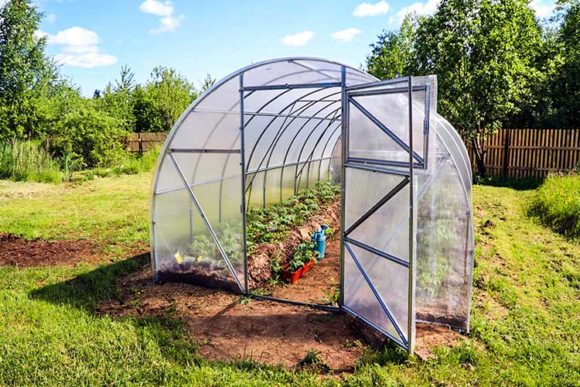
As an optimal option for the summer season, biofuel and sunlight are suitable. Heating the greenhouse with an electric cable is most effective in the cold season.
If desired, you can quickly and budgetly mount the heating system in the greenhouse. The small area of the room will require little effort and investment. But the above methods of heating are also used on an industrial scale to produce vegetables in severe frosts. Only when creating a favorable environment for plants will they be able to “thank” with a generous harvest.

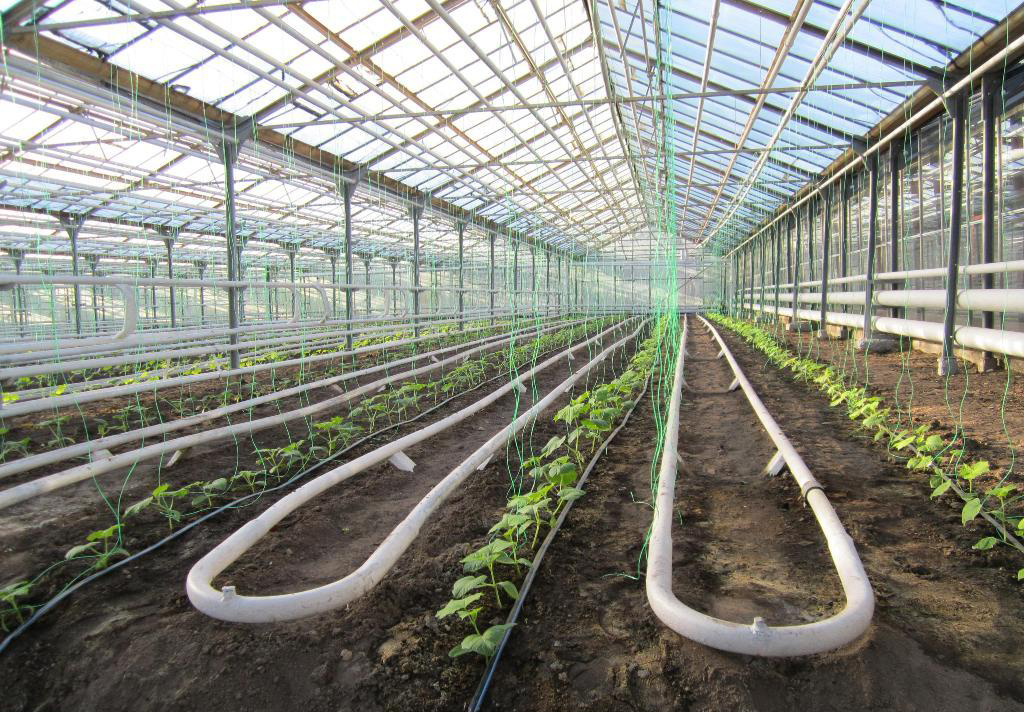



Alas, no comments yet. Be the first!